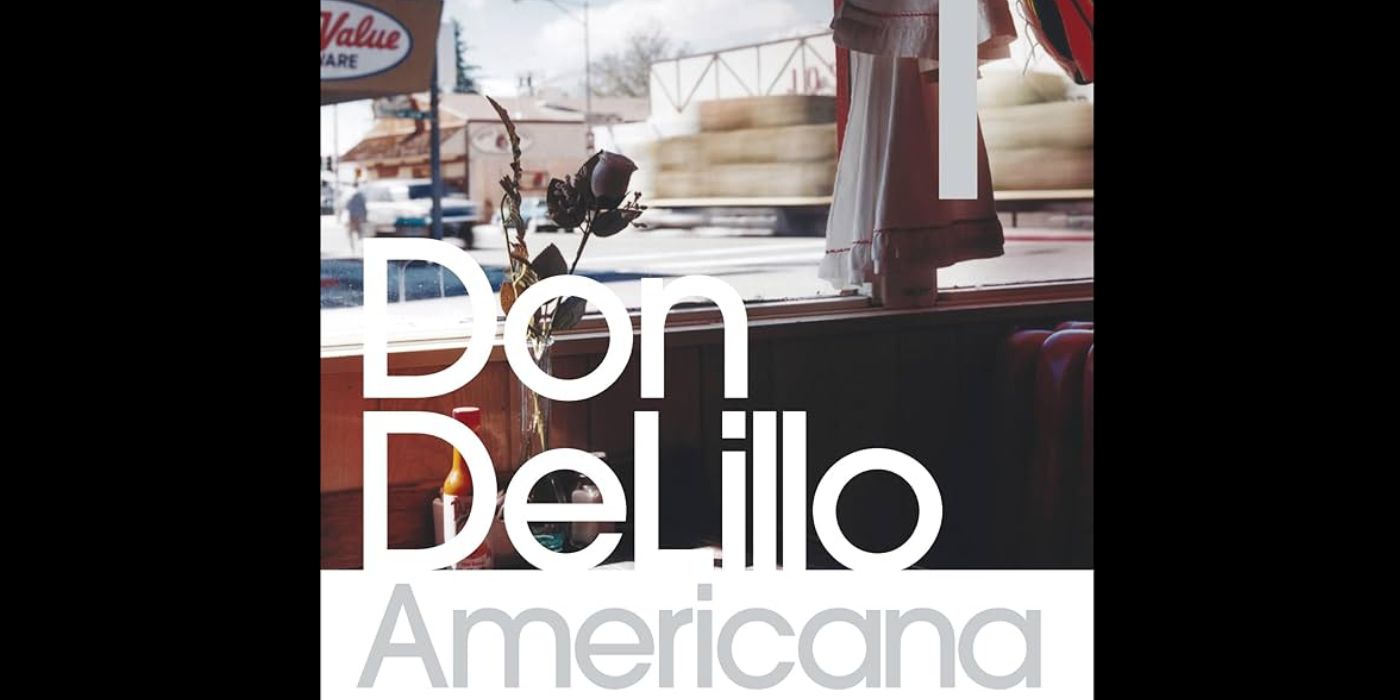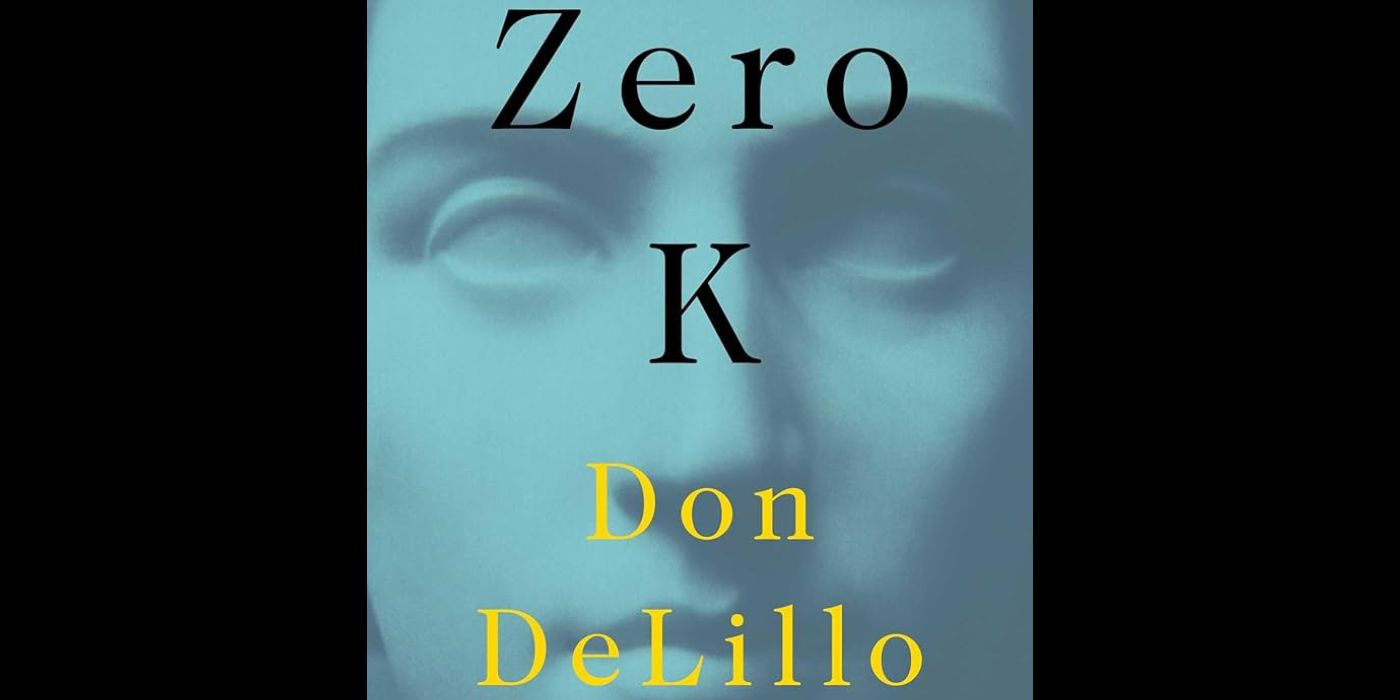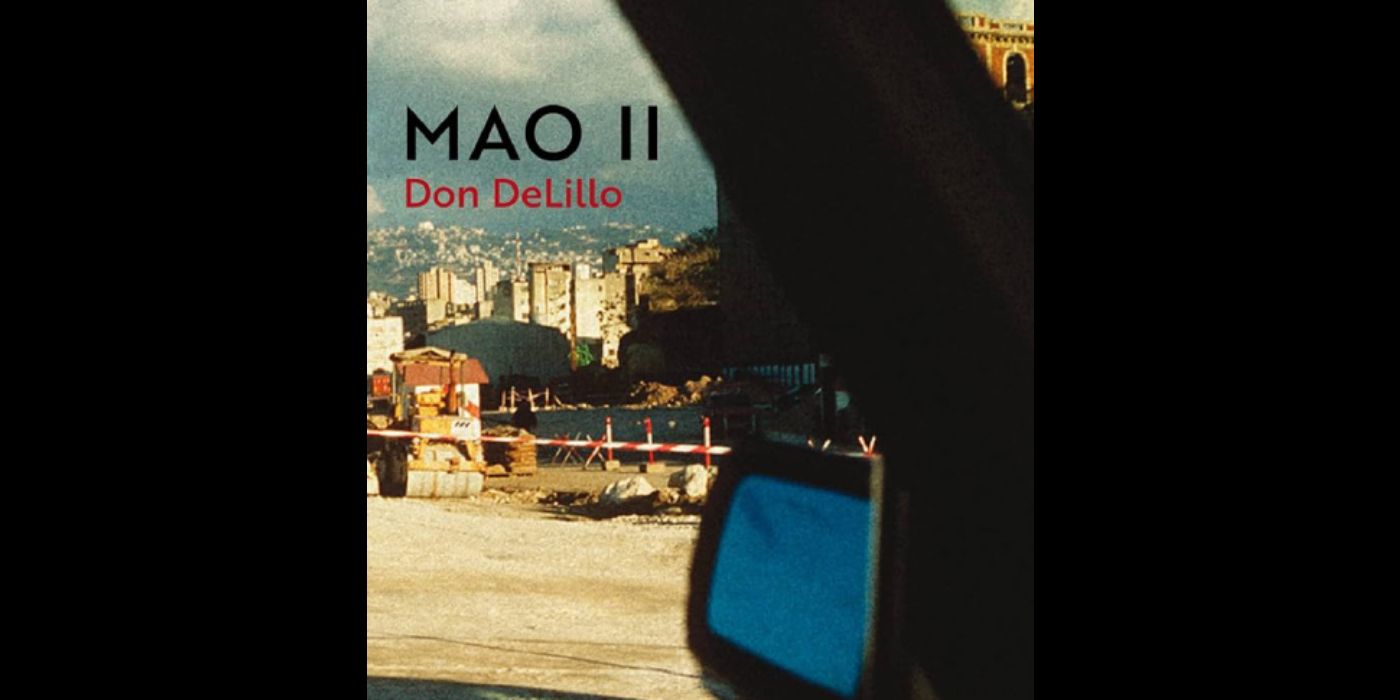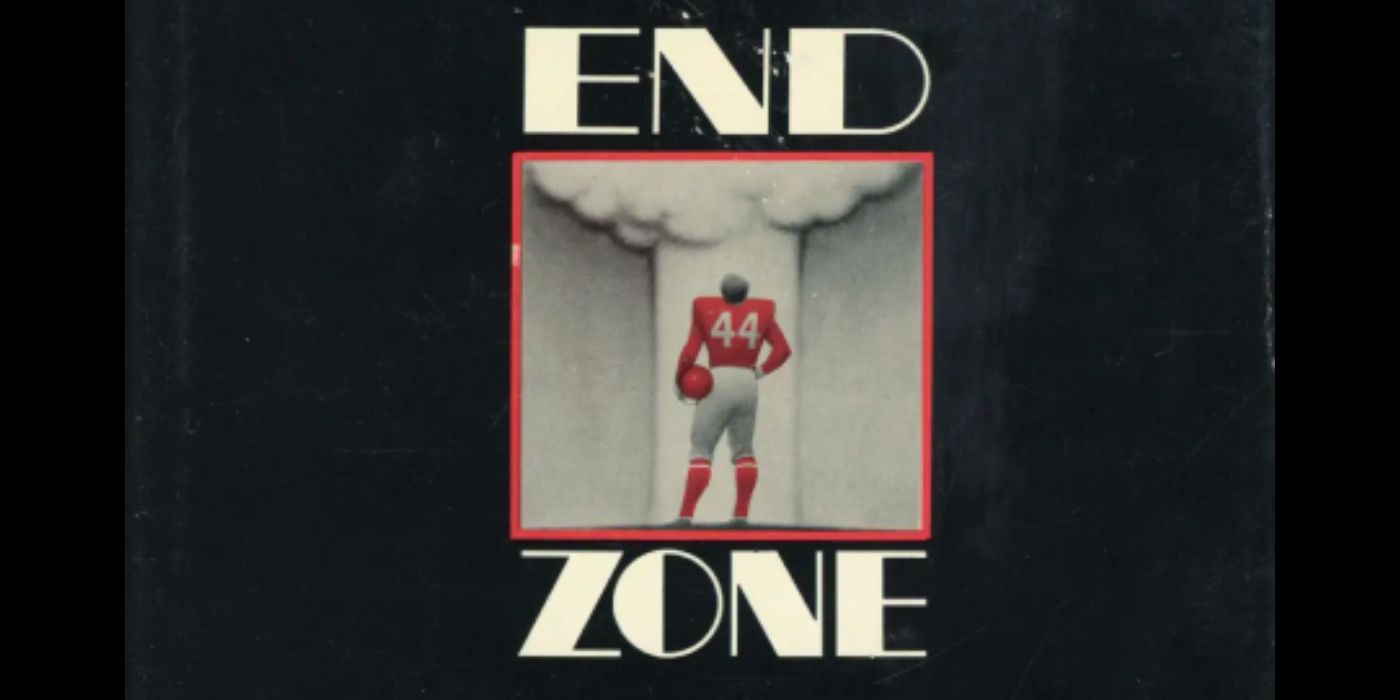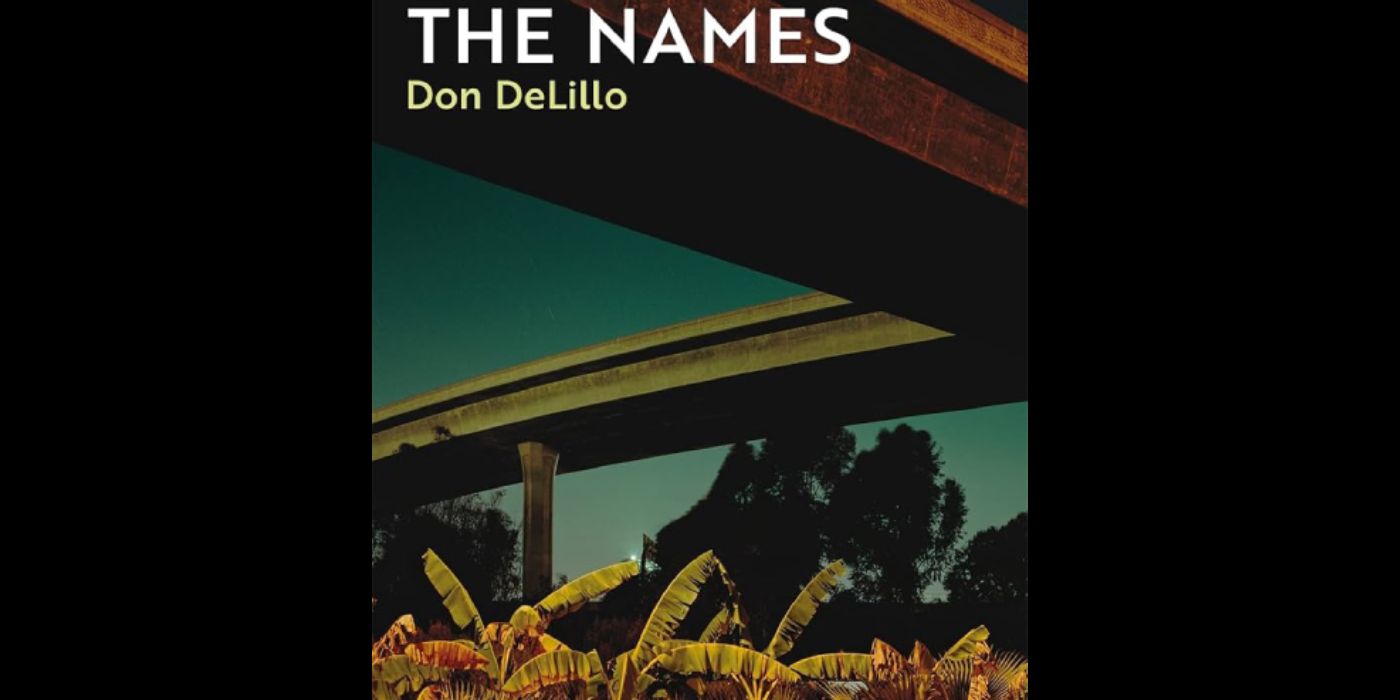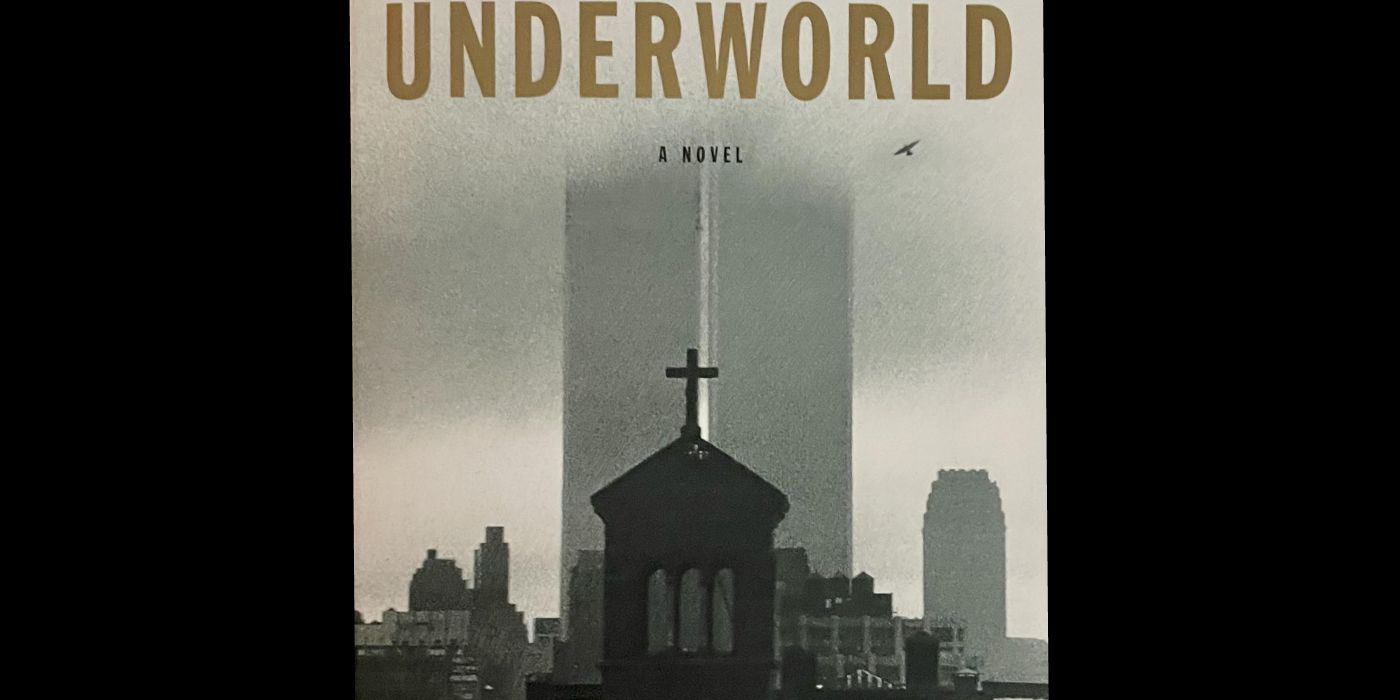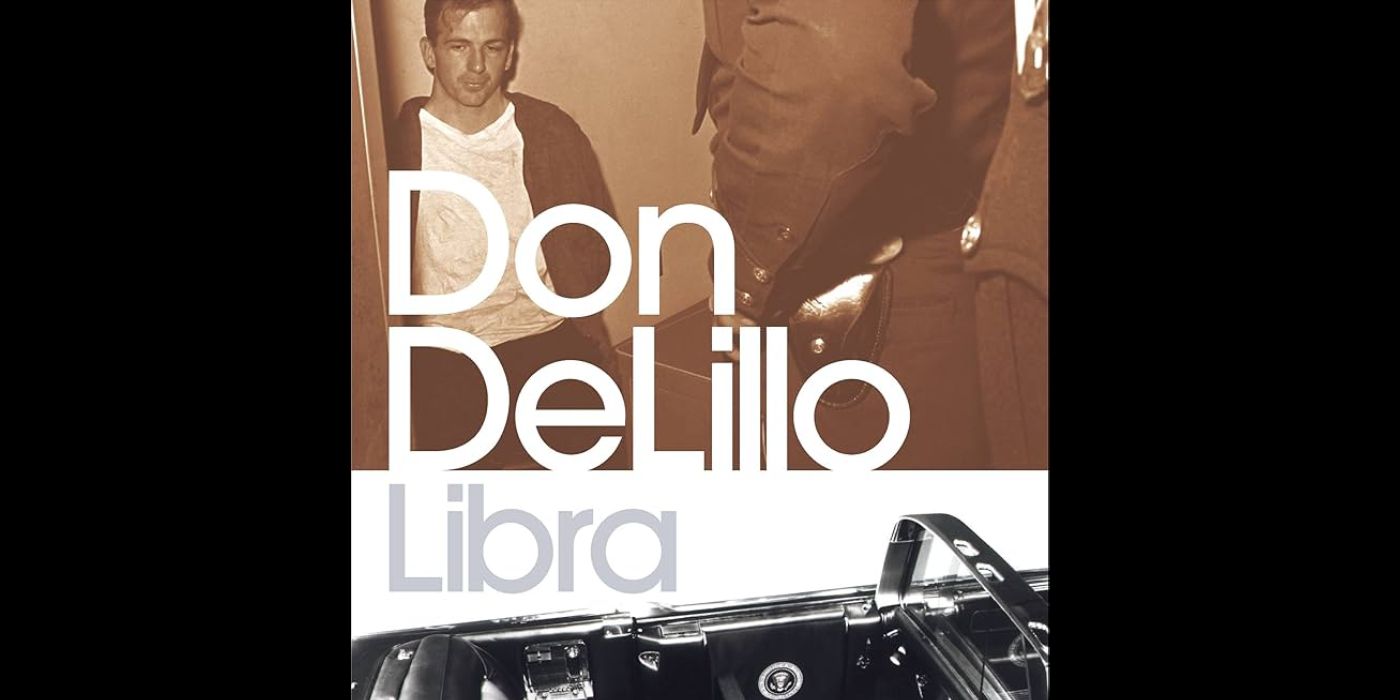10 Best Don DeLillo Books, Ranked

Though he might not be a household name in the truest sense of the term, Don DeLillo is highly respected among literary circles, and deservedly considered one of the best authors of the past 50-ish years. Broadly, his work can be called post-modern, but as with Thomas Pynchon, the label “post-modern” is pretty vague. DeLillo’s books are offbeat and occasionally funny, but more often inspire feelings of dread, anxiety, and despair.
You get a mix of emotions going through his body of work, but unease is rarely far away. DeLillo’s explored countless issues relevant to life both in the second half of the 20th century, and the 21st century to date, with many of his works feeling oddly prescient. And his books are unusual, bold, and not always satisfying in the traditional sense, meaning a ranking is going to be tough, but here goes nothing.
Don Delillo
Donald Richard DeLillo is an American novelist, short story writer, playwright, screenwriter and essayist. His works have covered subjects as diverse as television, nuclear war, the complexities of language, art, the advent of the Digital Age, mathematics, politics, economics, and sports (via Goodreads).
10
‘Americana’
First published: 1971
Well, Americana is pretty good for a debut. It’s a sign of things to come, let’s say, feeling a bit unfocused and rambling – and not in the best of ways – but still offering some interesting observations about, well, America. A wannabe filmmaker travels through it, observing what he sees while also trying (not always successfully) to document it visually.
It does feel like an author trying to hone their craft, to some extent, because DeLillo’s voice and style are there to some extent, but Americana does lose itself at a point. Whether that was intentional or not… sure, you could excuse it if you read it that way, but it still doesn’t make for the greatest read. It’s not one you should start with if you’re new to Don DeLillo (despite it being a debut), but there’s value in going back and reading it if you want to see the author’s relatively humble beginnings.
9
‘Zero K’
First published: May 3, 2016
Pushing into science fiction territory, Zero K sees Don DeLillo looking forward in time to a particularly great extent, and doing so at a late stage in his writing career, too (given he turned 80 the year this was published). It’s uncompromising in the way it tackles death and the idea of technology extending life indefinitely, principally by freezing bodies to be preserved until a time when present-day illnesses can be remedied with potential future medical advancements.
It’s more of a premise than a plot, because there’s a wealthy man who wants this for himself and his sick/younger wife, and then the man’s son who feels extra conflicted about the whole thing. So it’s a lot of people thinking and occasionally talking about the ethical implications of the technology that some of them want to utilize. It gets a little repetitive, but it’s successfully interesting at times, and compelling on a thematic front (albeit not necessarily a narrative one).
8
‘Cosmopolis’
First published: April 14, 2003
Few DeLillo stories have been adapted to the big screen, with Cosmopolis being the first, getting a David Cronenberg-directed film adaptation in 2012 (so more than 40 years after DeLillo was first published). The novel isn’t long, which probably helped with it being considered more adaptable, and while written in 2003, the things it unpacks concerning wealth and societal unease proved perhaps more relevant in the early 2010s than in the early 2000s, especially with things like Occupy Wall Street.
Cosmopolis is about a very wealthy man going about his business in a stretch limousine, all the while dealing with various obstacles, stock market chaos, and people who are, to put it mildly, not exactly fans of the guy. It conjures a sometimes engaging and admirably stressful mood, once more having more of a premise than a plot. It’s best appreciated for how it looked forward about a decade, clearly commenting on unease at the time it was written that did explode into something else altogether just under 10 years later.
7
‘Mao II’
First published: June 20, 1991
This placement might be a bit controversial, seeing as some will point to Mao II being one of Don DeLillo’s best books. It did come out during his most consistent period as a writer: 1982 to 1997, with all five books written during that time worthy of consideration for a top 10. Maybe in such company, Mao II falls just a little short, even though it’s still very good in parts, and well worth reading for anyone who’s enjoyed any other book of DeLillo’s.
Paranoia and terrorism are central to the narrative here, placing Mao II almost in thriller territory. But it is also a bit too esoteric to consistently excite, and it doesn’t feel like that’s exactly what DeLillo is going for anyway. There’s a hostage situation, meditations on art, and a queasy lack of definite events in the ending that all leave something of an impact. It’s one of DeLillo’s more frustrating books, but there’s also an intensity and passion to that uncertainty that makes the confusion powerful, at least at times.
6
‘Falling Man’
First published: May 15, 2007
On with another potentially controversial placement, Falling Man is not typically thought of as one of DeLillo’s very best works, but it’s great enough when it’s at its best to be worthy of more praise than it gets. This is especially evident in the novel’s ending, which takes place chronologically before most of the other events explored.
Just about everything here revolves around the September 11 attacks, with DeLillo tackling the event itself and its aftermath directly, years after not outright predicting it, but certainly exploring terrorism and nationwide unease in prescient ways (with the Twin Towers themselves being mentioned in earlier DeLillo novels). It’s a book that explores difficult subject matter while also being particularly obscure and post-modern (notably in its structure and the chaotic way it jumps between characters), but the best parts here really are impressive, and words typed haphazardly here can’t exactly do such passages justice.
5
‘End Zone’
First published: March 1972
There is a greater sense of confidence found in End Zone compared to Americana, even though it was only published one year on from that aforementioned debut. Things are just more interesting and a little snappier on a narrative front, seeing as this works as a football-centered sports story, a dark comedy (at least at times), and an exploration of one man’s obsession with nuclear warfare.
This obsession gives way to self-destructive paranoia, and that sense of going mad about unnervingly “ordinary” or “everyday” things is what makes End Zone feel like perhaps the first truly self-realized and “proper” DeLillo novel. It’s not perfect, admittedly, and a handful of later novels written by the author are more worthy of being checked out before, but this is surprisingly good stuff, considering how far back it was published.
4
‘The Names’
First published: September 12, 1982
Throughout The Names, a clashing of cultures gets explored in provocative, insightful, and almost always involving ways. It was another Don DeLillo novel released during his aforementioned writing hot streak, and maybe his first truly great book, too. It saw the author going out of his comfort zone to some extent, with the novel being mostly set overseas (in Greece) while still exploring things relevant to America.
Lots of The Names is about language and communication, or a lack thereof, and while a cult does feature in the narrative, there’s very little by way of easy answers that come about, even with characters looking into said cult. Paranoia is, once again, the name of the game here, with The Names being most impressive for the fact that it genuinely sustains that unpleasant sensation for just about the entire duration of the novel (not a bad feat, considering it’s 300+ pages in the end).
3
‘Underworld’
First published: October 3, 1997
While nothing written since Underworld has topped it in quality, that’s really not such a bad thing considering the immensity of this novel, and how much it feels like it entirely encompasses what DeLillo had spent the previous quarter of a century exploring. It is, by far, his lengthiest novel, being over 800 pages and, not surprisingly, having not only a plot that’s hard to describe, but a premise that’s difficult to state succinctly.
In essence, Underworld does focus on someone who works in waste management, but also, the “main character” might be a baseball? It’s passed along among a handful of people over several decades, and if that’s not enough, Underworld is largely written in reverse chronological order. Though that baseball’s important, there are so many tangents along the way, with DeLillo proving surprisingly successful at capturing an entire half-century’s worth of American history within a single novel. Not every chapter is captivating, and some of Underworld is frustrating, but the best parts represent DeLillo at his best. Though challenging, it’s the sort of book everyone should read at least once in their lifetime (and if it takes you a decent chunk of your lifetime to properly digest, then hey, that’s okay… this thing’s look, after all).
2
‘White Noise’
First published: January 21, 1985
White Noise might well be the funniest novel Don DeLillo has written to date, though it’s also just as dark as most of the aforementioned works proved to be. It’s certainly satirical to a greater extent than most of his other books, being about a slightly heightened way of life that gets thrown out of balance thanks to a panic-inducing airborne toxic event, and then the inability to return to whatever that life was once the panic is over.
The middle chunk of White Noise is probably the most entertaining and chaotic, but the way the final third mirrors the first third is ultimately thought-provoking, too. It’s a well-balanced novel that has insights into consumerism, medicine, and societal panic that still prove insightful and relevant. Additionally, White Noise is probably the best starting point for anyone curious about getting into DeLillo’s body of work.
1
‘Libra’
First published: August 15, 1988
For as admirably intense as so many other books of Don DeLillo’s are, none are as persistently uneasy and thrilling as Libra. This is one of those rare novels that doesn’t feel long enough, being a dizzying, exciting, and confounding work of historical fiction, unpacking the John F. Kennedy assassination and looking at various things that may have happened to make it unfold the way it did.
That’s dancing around the point a little, because if you say it’s about a conspiracy theory, that makes it sound shallow and tacky. But Libra works as an exploration of madness and paranoia about conspiracies just as much as it may, to some, work as something about a specific conspiracy. There are no easy answers here, and one character’s role in the whole messy affair is to obsess over countless – and contradictory – pieces of information, going slightly mad at the enormity of it all. In Libra, DeLillo makes a compelling argument that maybe the entire world has been going mad for a good many decades now, and if you’re willing to sit with some very troubling implications, reading said argument play out over 400+ pages is captivating stuff.

